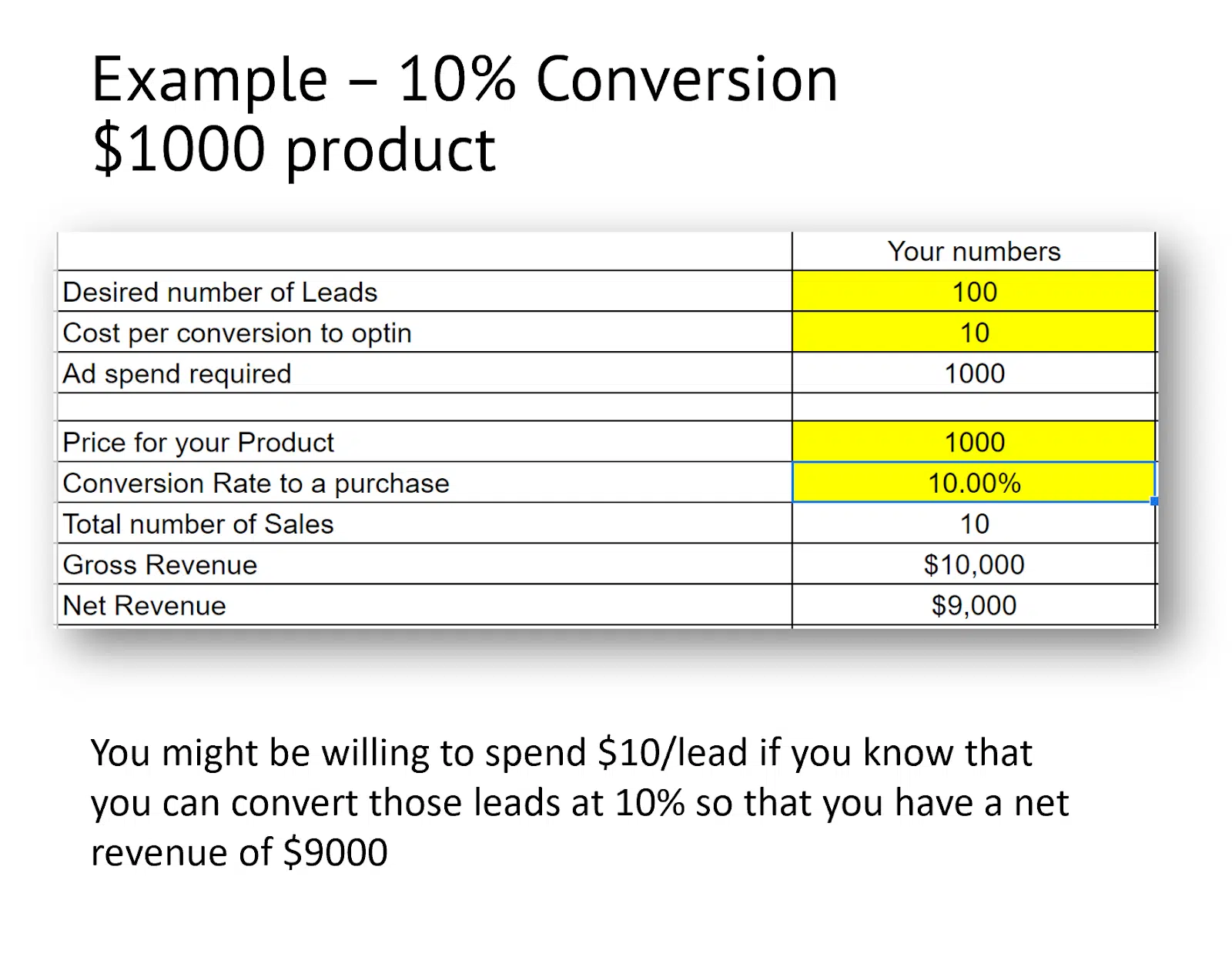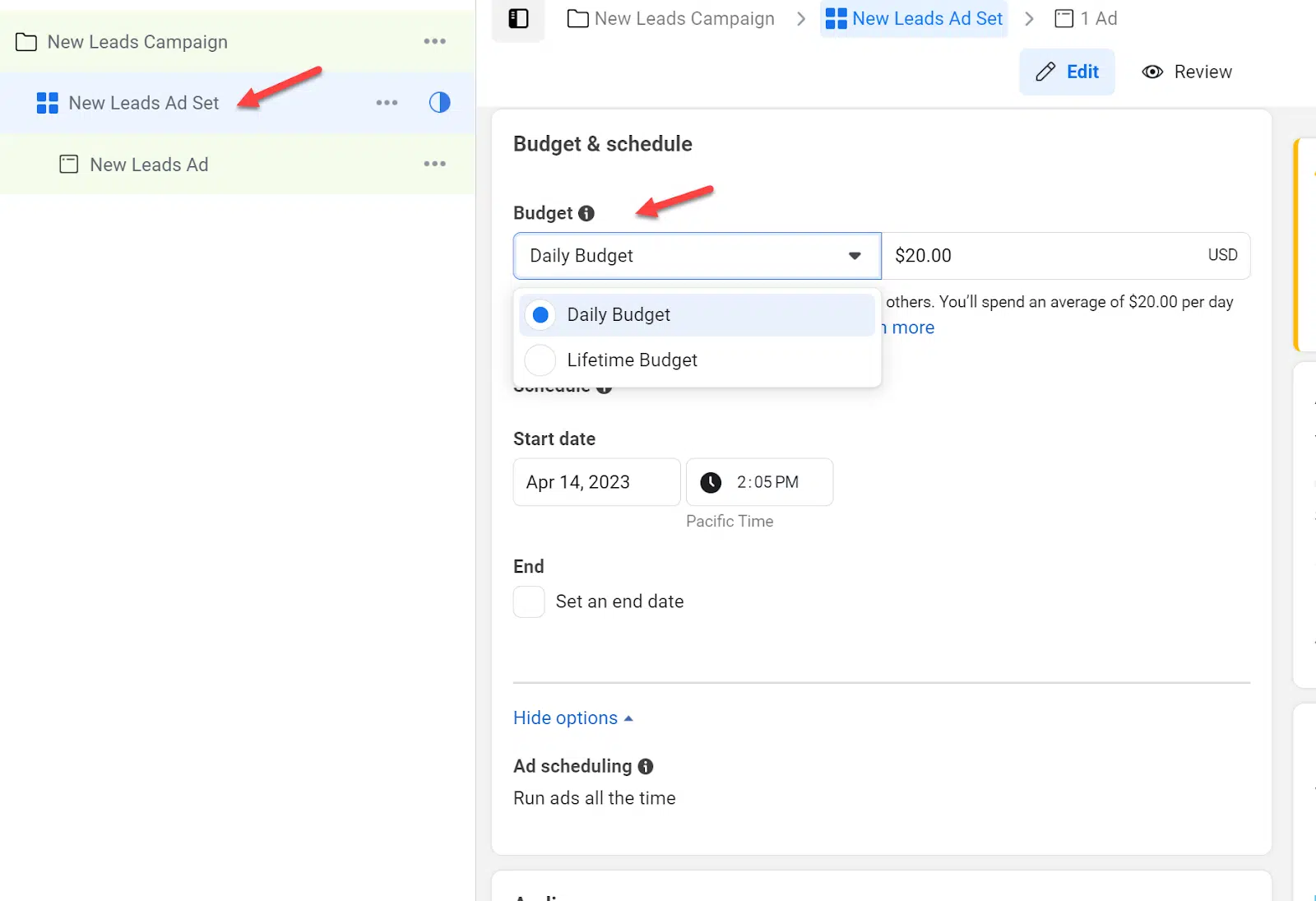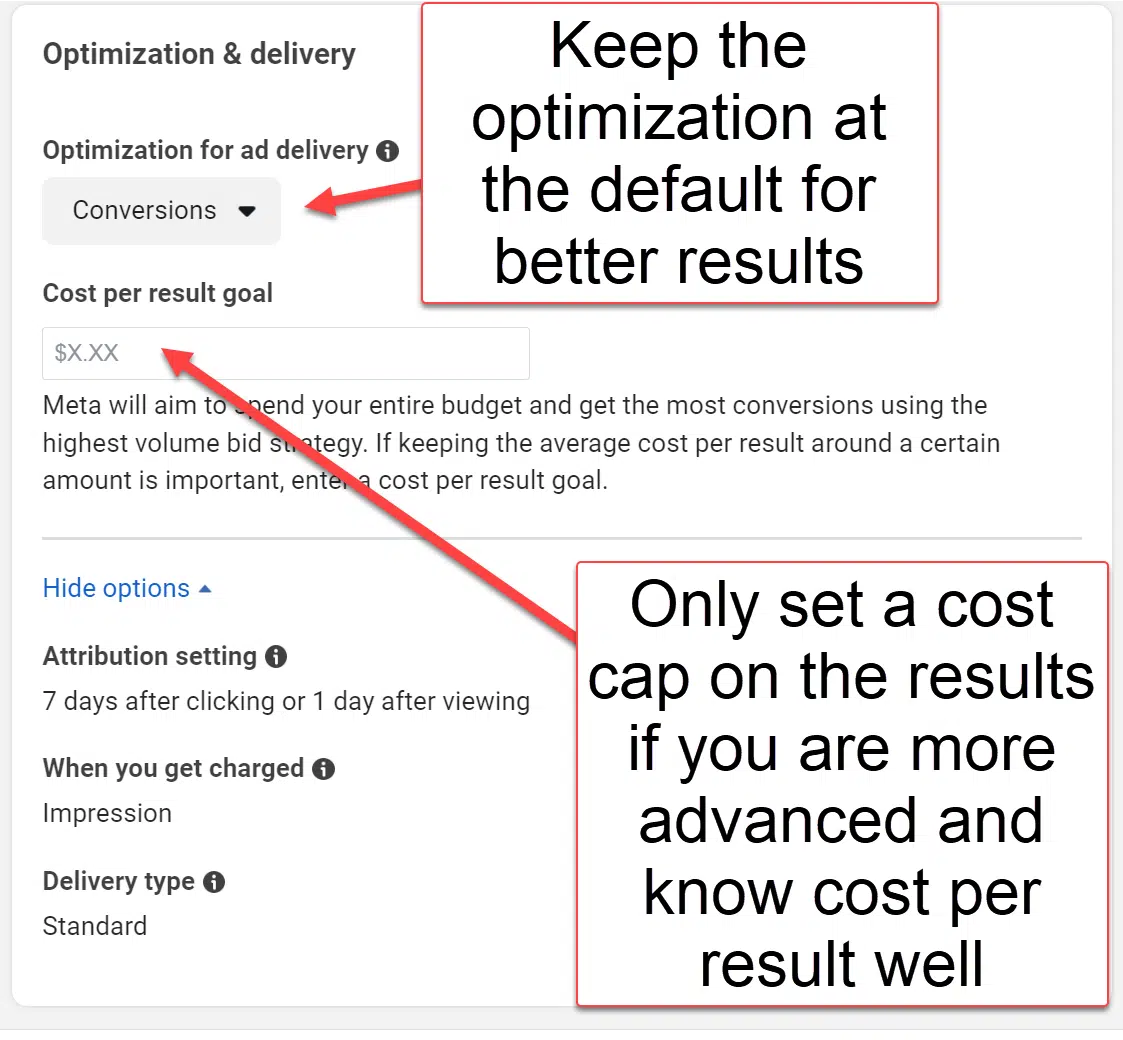How to set your Facebook and Instagram advertising budgets for maximum results
Here's what to consider when setting budgets for your Facebook and Instagram ads, plus tips for testing and scaling your campaigns.
Are you wondering how much you should spend on your Facebook and Instagram ads?
Setting your ad budget can mean different things to different people. It’s impossible to answer in a one-size-fits-all way.
This article tackles how to approach your Facebook and Instagram advertising budgets, where to set up your ad budget in the ads manager, and some key settings that will impact your results.
Considerations when setting your Facebook and Instagram advertising budget
When we talk about ad budgets, several elements come into play.
What is your overall budget for Facebook ads vs. other parts of your marketing?
Sometimes business owners aren’t even sure what percentage of their marketing budget should be allocated to Facebook and Instagram.
This will depend on how well you can track your results to ensure your campaign is profitable.
If you are new to Facebook ads, I would suggest starting slow to get a baseline of results.
How much money should you spend on particular initiatives or segments of your funnel?
Again, this will come down to experience, tracking, and your business model.
I typically suggest that:
- 60-70% of your budget is spent in the lead generation phase.
- 10% of the total budget at the top of the funnel or with brand-building ads.
- 20-30% in retargeting sales ads.
This is just a guideline and will be different for different industries like ecommerce.
How do you optimize the budget settings on Facebook?
Facebook has a variety of settings that can be confusing, including Advantage campaign budget (formerly campaign budget optimization) and daily budget vs. lifetime budget.
How to approach your Facebook and Instagram advertising budgets
If you are new to Facebook and Instagram ads and don’t know how well your ads convert, calculate where your costs should land to be profitable.
Start with the product cost and how you sell it, then make some assumptions based on general performance ranges. Ramp up your ad budgets slowly to test out these assumptions.
For example, if you give a free webinar where you deliver some great content, and at the end of the webinar, you sell your product for $1,000.
If you know that, in general, approximately 10% of the people convert into sales, and you have 100 people register with Facebook ads, you’ll convert 10 of those people into sales, earning you $10,000.
Do some math to calculate how much it would cost to get 100 people on a webinar (generally $5-15/registration).
You might start with the assumption that you have $1,000 to invest, which will cost $10/registration, giving you 100 leads.
If 10% of those leads then purchased the product, you can calculate that your gross revenue would be $10,000 and your net revenue would be $9,000.

In general, sales conversion rates can typically be anywhere from 2% to 10%, but again that depends on the price point, the effectiveness of the sales page or the sales process, and other factors.
Start slowly so you can test your assumptions. Even if you were to sell just one product in this example, you would break even.
Setting your Facebook advertising budget
When starting your campaign, set your budget at the ad set level rather than using the Advantage campaign budget option.
In the testing phase, it’s better to have more individual control over the budgets for each target audience to ensure your results have significance.
Advantage campaign budget means that Facebook spreads the budget across all the ad sets and ads under that campaign.
Thus, the algorithm may not deliver any of the budgets to one of the audiences you want to test.
You can set minimum spends on the budgets, but this is often better in the scaling rather than the testing phase.

Make sure Advantage campaign budget is off, and then select Next.
At the ad set level, you need to choose between Daily Budget or Lifetime Budget.
I typically choose daily budget because it allows for a more open-ended campaign and is easier to scale.

Choose lifetime budget if you have a definite end date and won’t want to continue running the ads past that date.
Lifetime budget also allows for ad scheduling which means you can control the hours in the day the ads are shown.
This is a good option for someone who wants to respond to leads during work hours or is trying to get phone calls during office hours.
The next section at the ad set level is Placements.
If you want to control your budgets individually for Facebook and Instagram, you must create separate ad sets for each placement.
Otherwise, Facebook will unevenly distribute the budget between the two platforms.
To dedicate a specific budget to either Facebook or Instagram, select Manual placements and only check that platform. Then create a new ad set with the other platform checked.

This can be good practice in the testing phase so that you can scale up the platform that is working better.
Another budgeting optimization setting to watch for at the ad set level is the Optimization & delivery section.
Cost per result goal sounds like a good option to control your costs. But if you set it too low, your ads will not get any delivery.
This is also known as a cost cap, and Facebook will only show the ads to people that may come in at that “cap” you have set.
For beginners, leave Cost per result goal blank, but for more advanced users, try testing this setting out once you know your campaign’s average cost per result.

Once you have these settings at the ad set level, create your ad as you would at the ad level and launch your campaign.
Then duplicate your ad sets to create new tests with different audiences and possibly different placements.
Monitor your results for the audiences at the ad set level to see which audience is giving you the best results.

Facebook Advantage campaign budget optimization
Once you see which audiences and ads are working well, you can either scale your ads up by adding to the daily budget at the ad set level or with the Advantage campaign budget option.
The best practice is to use similar size audiences in this campaign and then increase the budget at the top level. Typically have 3-4 audiences under that campaign and 2-4 ads for best results.

Get the most out of your Meta advertising efforts
There is no one-size-fits-all approach when budgeting Facebook and Instagram campaigns.
It takes some math and experience to figure out what works best. But when you get that high-performing return on ad spend, it’s all worth it.
Contributing authors are invited to create content for Search Engine Land and are chosen for their expertise and contribution to the search community. Our contributors work under the oversight of the editorial staff and contributions are checked for quality and relevance to our readers. The opinions they express are their own.
Related stories
New on Search Engine Land